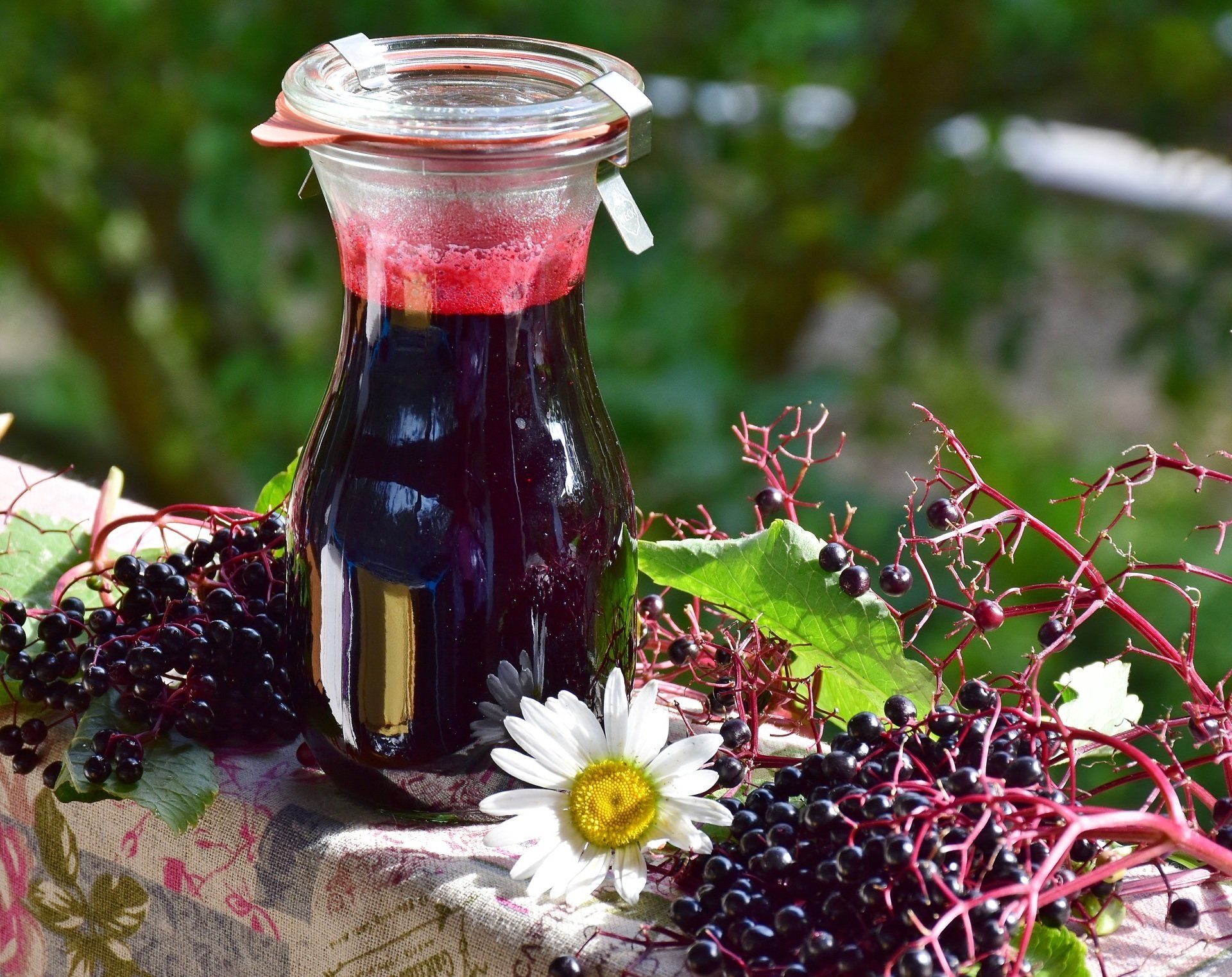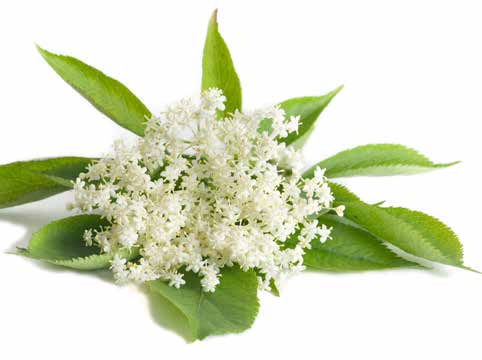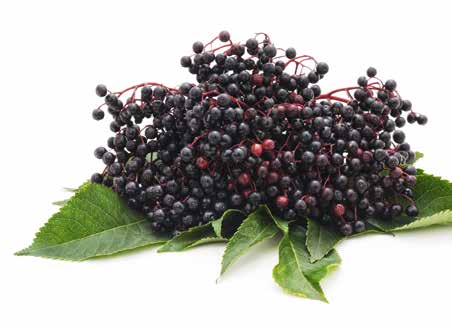Winter Support: Black Elderberry’s History and Uses
Black Elderberry (Sambucus nigra) is indigenous to Europe, North Africa, North America and Asia. It is a popular herb with a rich history of use in herbalism. Beloved and revered for centuries, the elder tree is also steeped in a history of superstition, folklore and mysticism. Though the herb is known primarily in modern herbalism as support for colds, flu and respiratory illnesses, all parts of the black elderberry tree have historically had many important uses throughout these regions.
Black Elderberry is used in Native American Herbalism (including internal and external applications, and as a food). This and other Sambucus species were used extensively by the Cherokee and many other tribes across North America.
In Europe, the tree was believed to protect against sorcery, and it was grown near residences for this purpose. In the late 1600s, elder leaves would traditionally be gathered on the last day of April and secured to houses to safeguard against evil. The trees are still commonly grown in hedgerows across Great Britain.
In Denmark and England, there is a superstition that “Elder Mother” protects the black elderberry tree, so you must recite a rhyme for her consent before harvesting or altering any part of the plant. This superstition has led some landscapers to refuse to trim or alter elder trees.
In herbalism, elder’s use dates back to the physician Hippocrates during the Classical period in ancient Greece and to the first century in the Roman Empire with the naturalist Pliny the Elder.
Young branches were hollowed out, and these tubes were used as pipes, instruments, toys, and for stoking fires. Elder wood has been used for skewers, combs, musical and mathematical instruments and rods for weaving nets.
The plant’s roots and mature bark were used as black dye in the Scottish Highlands. Even today the ripe berries are used as a natural colorant in the food and beverage industry. Both elderberries and elder flowers are still used in preserves, wines and other drinks in Britain and Scandinavia.

Botanical name: Sambucus nigra Common name(s): Black Elderberry
Plant family: Viburnaceae Native habitat: Europe
Parts used: fruit and flower Botanical description: oppositely arranged pinnate leaves; berries form in umbrellalike clusters
Use(s): provides deep support for an active immune response and supports the immune system Flavor profile: tart, fruity taste.

These
elder flowers, a source of herbal medicine in their own right, will eventually transform into black elderberries. One tree provides two different herbs and dozens of other uses!

Black elderberries form in umbrella like clusters. Their ripening is considered to mark the end of summer in Great Britain.









